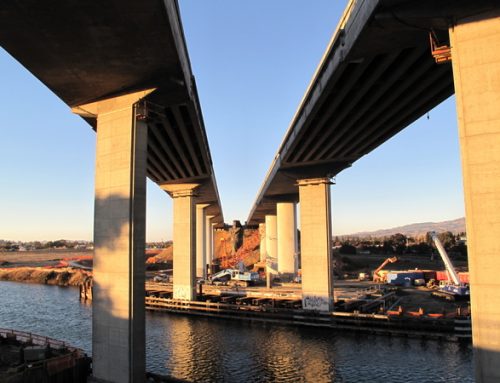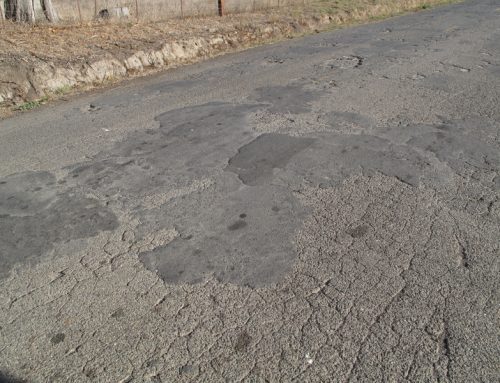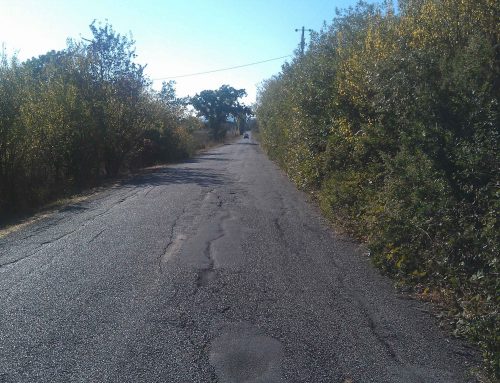Boreal last week became the first ski resort to open this season, and it won’t be long before thousands from the Bay Area will be heading to the slopes there and at other resorts as the snow piles up. But are you ready to drive in the snow?
The CHP and Caltrans offer driving tips before you go:
–Make sure your brakes, windshield wipers, defroster, heater and exhaust system are in top condition.
–Check your antifreeze and be ready for colder temperatures. You may want to add special solvent to your windshield washer reservoir to prevent icing.
–Check your tires. Make sure they are properly inflated and the tread is in good condition.
–Always carry chains that are the right size for your tires and are in working order. Carry a flashlight and chain repair links. Chains must be installed on the drive wheels.
–Carry an ice scraper or commercial deicer, a broom for brushing snow off your car, a shovel to free your car if it’s “snowed in,” sand or burlap for traction if your wheels should become mired in snow; and an old towel to clean your hands.
–Pack water, food, warm blankets and extra clothing. A lengthy delay will make you glad you have them.
–Carry an extra car key in your pocket. You won’t believe the number of motorists who lock themselves out of their cars when putting on chains or at ski areas.
–Don’t rush. It can take longer to get to Tahoe in the winter, so allow enough time.
–Keep your gas tank full. It may be necessary to change routes or turn back during a bad storm or you may be caught in a traffic delay.
–Drive safe for conditions. It may be safe to to 65 mph in dry weather, but it’s not in snow and ice. It takes longer to stop, so allow more space between you and the vehicle in front. Bridges and shady spots can be icy when other areas are not. Avoid sudden stops and sudden lane changes.
–Be extra alert for hazards during a storm because of limited visibility.
–If you stall out, stay with your vehicle and try to conserve fuel while maintaining warmth. Be alert to any possible exhaust or monoxide problems.
Chain Controls
–You must stop and put on chains when highway signs indicate chains are required. You can be cited by the CHP and fined if you don’t. You will usually have about a mile between “Chains Required” signs and the checkpoint to install your chains.
–The speed limit when chains are required is 25 or 30 mph and will be posted along the highway.
–If you use the services of a chain installer, be sure to get a receipt and jot the installer’s badge number on it. Remember, chain installers are independent business people. Having the badge number may help with any misunderstandings later. Chain installers are not allowed to sell or rent chains.
–When removing chains, drive beyond the signs reading “End Chain Control” to a pull-off area where you can safely remove them.
Road conditions
–Call Caltrans road conditions hot line at 800-427-7623.



